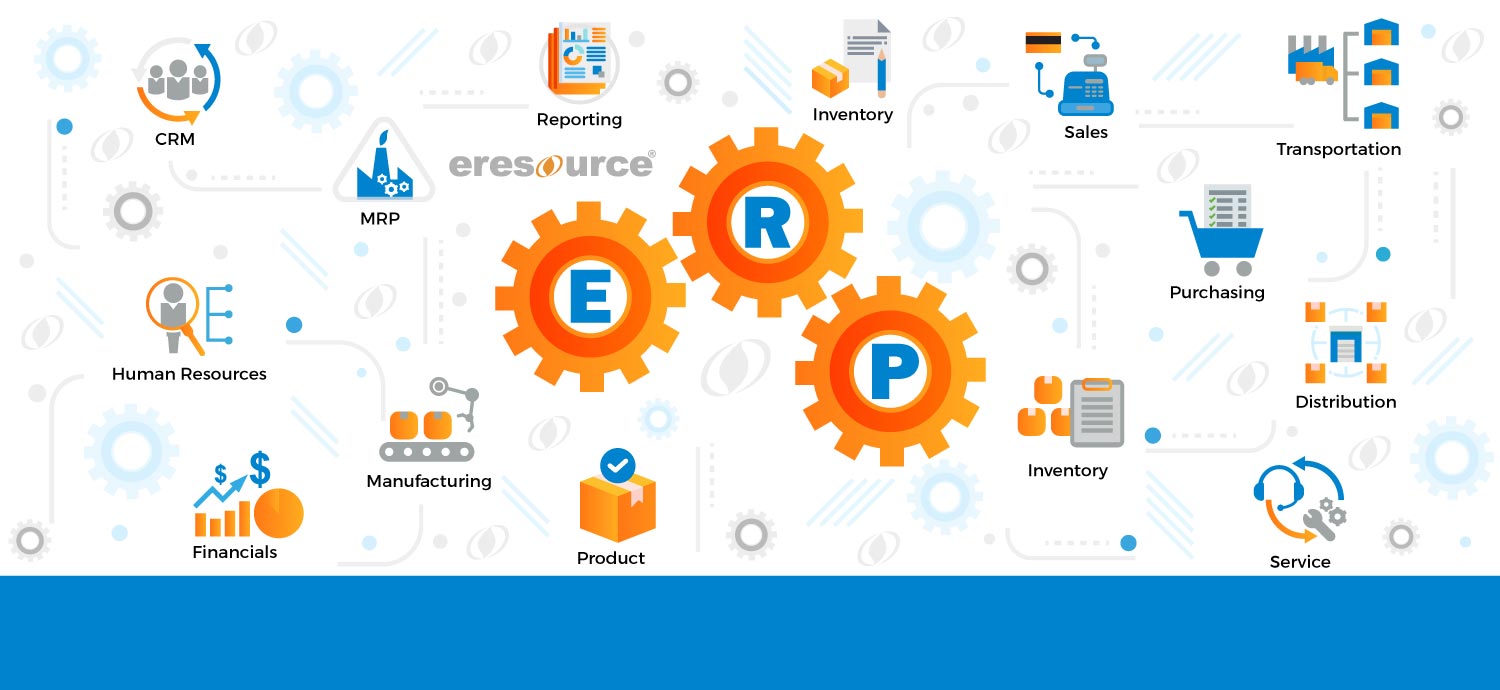Any construction business will tell you that estimating building costs is one of their toughest concerns. Doing so will help them keep costs under control. Aligning the expected cost with the actual cost becomes challenging because projects are typically spread out over a long period of time. Given that the majority of businesses deal with massive projects and volumes, the difficulty multiplies.
For instance, the identical issue was being faced by one of India’s largest construction corporations. For this company, there would always be at least 50 to 60 active construction projects at once. The departments were utilising various Excel charts to maintain the data in various files. Materials and purchases were not connected to the separate software that the accounts department was maintaining. Furthermore, a lot of this information was kept in site offices that weren’t connected to the main office.
Each department was required to gather the data and compile it for the report if there was an inquiry. Information was painstakingly gathered and compiled from several departments during the entire process. This not only made decision-making slower, but also led to the establishment of power centers inside the organisation. Because of this, it was exceedingly challenging to estimate costs for various projects in real time.
Also Read – Construction ERP Software in India
Success story
After the company approached eresource with the need for a viable ERP solution that would connect all functions and projects to a centrally maintained database system, eresource quickly deployed an effective ERP system.
Several modules, including finance, material management, marketing, project planning and control, and others, were deployed in the initial phase by eresource. A significant construction company’s needs were taken into consideration when designing the solution. For instance, a module on the bill of quality provides assistance with project cost estimation by decomposing each project into its component activities. Then, each action is divided into three categories: labour, equipment, and raw resources. A different module aids in planning the material requirements based on the job prediction for a given month or week.
When a new project is released, the company can send information to all of its consumers from its database thanks to the marketing module. The module also aided the business in keeping track of all pre-sale and sale activity, from the moment a consumer posts a question through the completion of the transaction. The module aids in managing all of the business’ marketing. Demand planning and forecasting have become incredibly simple as a result. Additionally, it causes cascading effects throughout the organisation, causing all departments—including purchasing, supplies, and stores—to align with the forecasts.
Also Read – ERP for civil engineering
Categories
Register for Free Demo!
Recent Post
-

eresource ERP 360 - an
11th Apr 2019 -

A competitive ERP system for
17th Apr 2019 -

Auto components manufacturing industry has
17th Apr 2019 -

Make the best use of
17th Apr 2019







